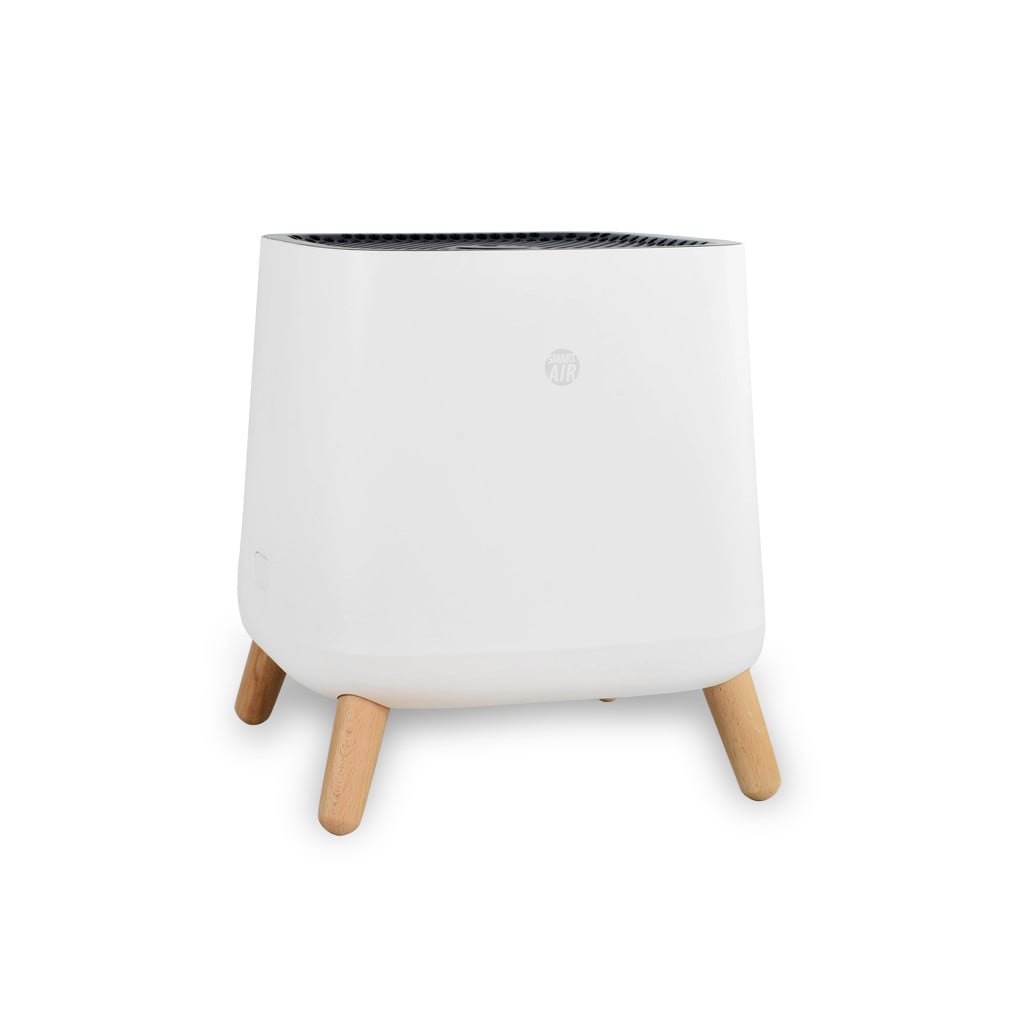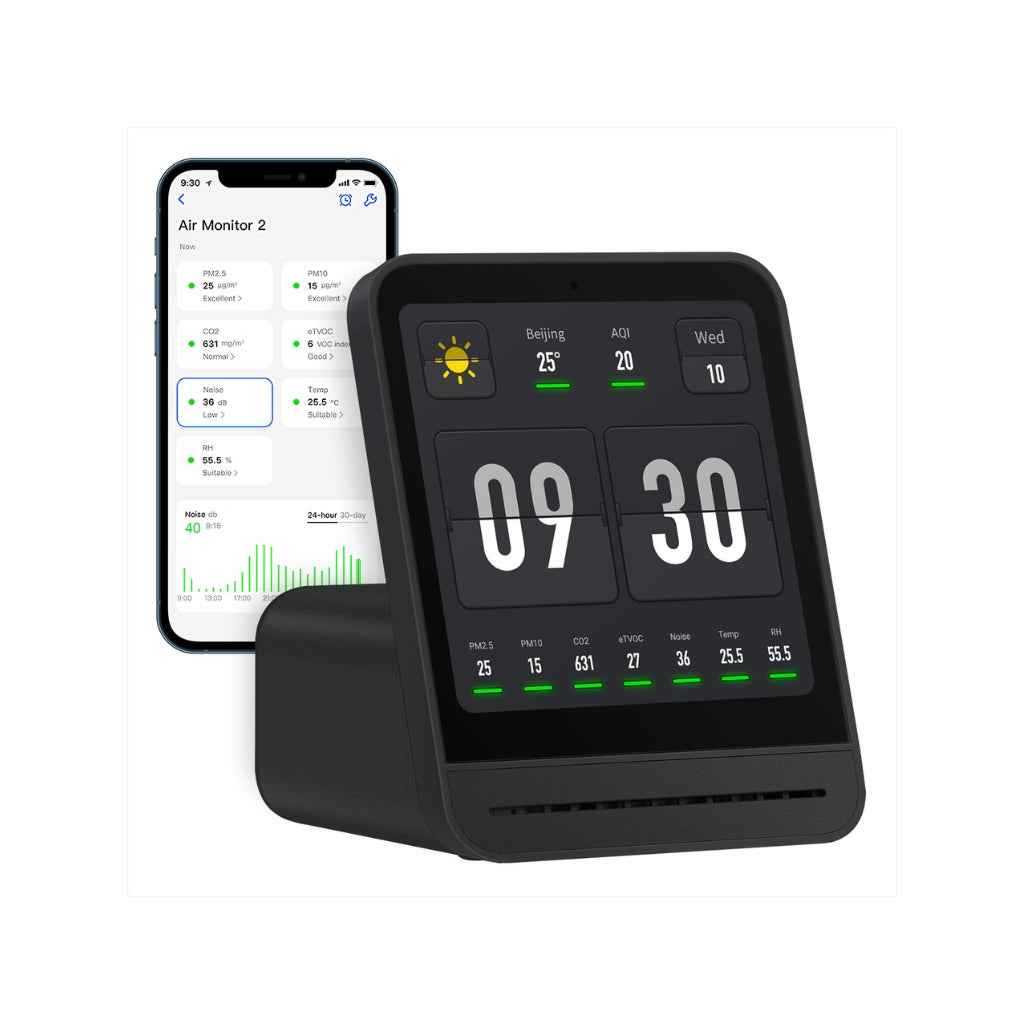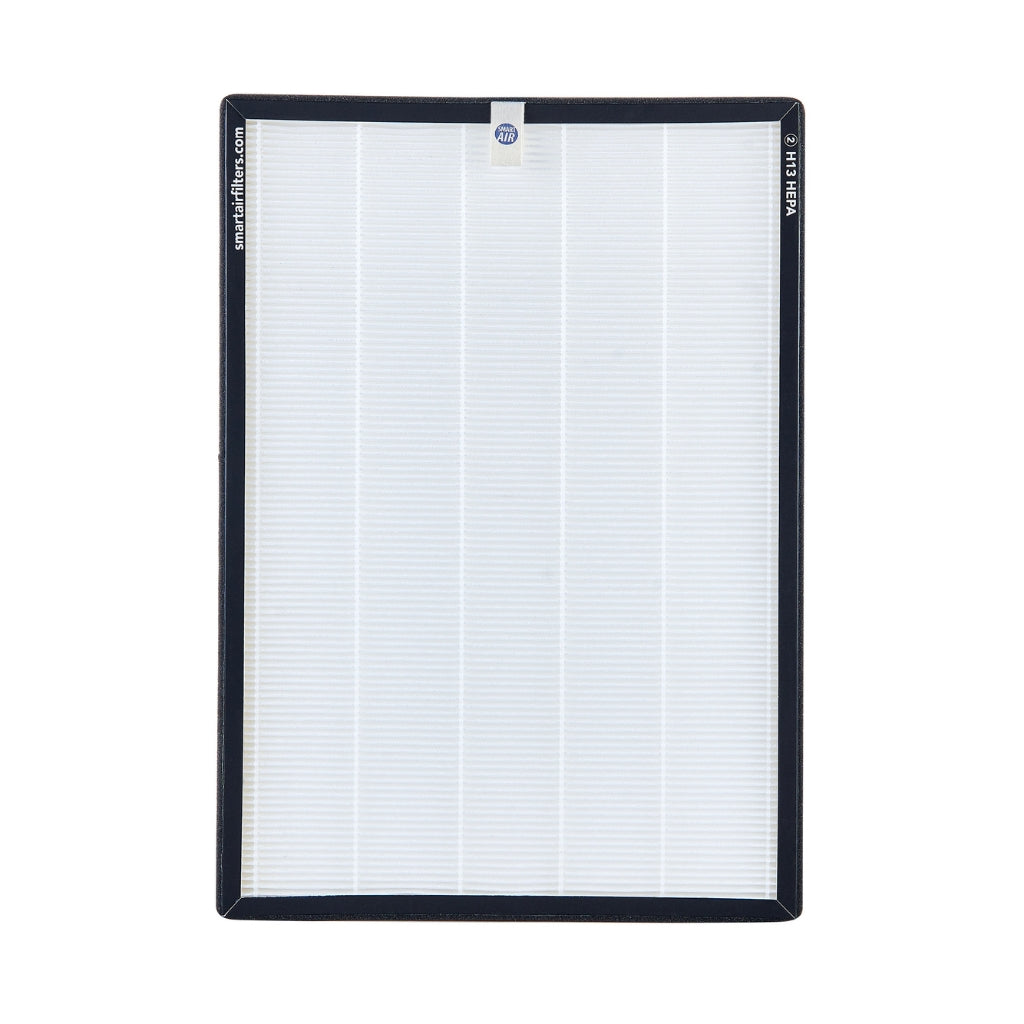Clean Air Blog

Clean Air Blog
How the Right Air Purifier Safeguards Your Little One’s Health
on Oct 16 2023
When setting up a nursery for your precious little one, there's a checklist of essentials most parents are aware of - a crib, changing table, soft lighting, and comforting decor. But have you considered the air quality in the nursery? You might wonder, "Is an air purifier a good addition to my nursery?" The answer is a resounding yes! An air purifier can be a nursery necessity, safeguarding your child's health by filtering out harmful pollutants and ensuring a peaceful sleep.
Key Points Summary:
Childhood Asthma in NZ: Asthma is prevalent among children in New Zealand; an air purifier can help by removing airborne irritants.
Negative Ion Concerns: Avoid air purifiers releasing negative ions as they can produce ozone, harmful to tiny lungs, especially concerning given some are marketed for nursery use in NZ.
Combatting Odours and Allergens: Air purifiers tackle odours, pet dander, and outdoor pollution that seeps indoors, ensuring a fresh and clean nursery environment.
Virus and Bacteria Reduction: Create a healthier space by reducing the presence of viruses and bacteria, crucial in a child's early years for better immunity.
Noise and Light Considerations: Choose a quiet air purifier with minimal light emissions to maintain a serene, sleep-conducive nursery ambiance.
Affordable, Effective Options: Our range of air purifiers offers high CADR (Clean Air Delivery Rate) and low noise levels without breaking the bank, tailored for New Zealand homes.
Why An Air Purifier is Essential
The early stages of life are certainly special. But this phase also brings vulnerability, especially to elements in the environment. The air that we breathe can either help us become strong and healthy, or harm us. Here’s a deeper look into why investing in an air purifier is an important consideration for your nursery:
The Unseen Threats: Viruses and Bacteria
While sickness is inevitable at young ages, there are ways to mitigate this risk. Air purifiers work to reduce the presence of viruses and bacteria in the air.
The Surprising Risk of Outdoor Pollution
New Zealand's picturesque landscapes can be deceiving when it comes to air quality. Construction, vehicle emissions, and fireplaces contribute to outdoor pollution, including the dangerous PM2.5 pollutants, which can infiltrate your home, posing a risk to your little one.
Pet Dander and Other Allergens
Many families couldn't be without their furry companions, but pets can introduce dander and other allergens into the air. An air purifier can significantly mitigate these allergens, ensuring a fresher environment for your child. Take a look at our article to learn more about how an air purifier can help with pets.
The Impact of Air Quality on Children
Children, with their still-developing organs and faster breathing rates, are more susceptible to the adverse effects of poor air quality. This article by Smart Air sheds light on how air pollution can affect children even before birth, linking exposure to certain pollutants with birth defects.
Air pollution doesn't spare the toddlers and young children either. It has been associated with neurodevelopmental disorders, childhood obesity, reduced lung growth, acute lower respiratory infections (ALRI) like pneumonia, asthma, and even childhood cancers. A staggering fact is that air pollution accounts for 1 in 10 deaths in children under five years old globally.
Given these alarming facts, the case for a quality air purifier in your nursery becomes a compelling one. An air purifier equipped with a HEPA filter and a carbon filter can significantly reduce the exposure of your child to these harmful pollutants, providing a safer environment for them to grow and thrive.
Choosing the Right Air Purifier
Not all air purifiers are created equal, especially when it comes to safeguarding the health of our little ones. We've got an in depth guide here, but here are some crucial factors to consider:
No Negative Ions
It’s alarming to find a range of air purifiers in New Zealand marketed for use in nurseries that release negative ions. While they might sound harmless or even beneficial, these ions can produce ozone—a gas that’s harmful to the lungs, particularly the still-developing lungs of a child.
In New Zealand the negative ion generation 'feature' is often marketed with different names including ionisers, plasma generators and more.
HEPA Filters Are Your Friend
HEPA filters HEPA filters are the gold standard in air purification, capturing over 99% of 0.3 microns sized particles - the hardest to capture. Ensure that the air purifier you choose has a genuine HEPA filter, and avoid products with "HEPA-like" filters, which are less effective.
Consider the Noise and Lights
You’ll want an air purifier that operates quietly to ensure your baby can sleep soundly through the night. Similarly, many air purifiers come with bright lights which could disturb your child's sleep. Look for models that operate under 30dB on low and allow you to turn off the lights (or like ours which have no lights!).
Price and Performance
Investing in a quality air purifier pays off in the long run. Make sure to look at the Clean Air Delivery Rate (CADR) when comparing air purifiers, and not the room sizes recommended by manufacturers as they can be misleading!
Our Selection for Your Peace of Mind
We’ve curated a range of air purifiers tailored for New Zealand homes, ensuring safety and effectiveness. Our selection of Smart Air purifiers avoids any models that release negative ions, operates at low noise levels and most importantly is affordable!
For use in a nursery, we recommend either:
Smart Air - The Sqair, or
Smart Air - SA600
Wrapping Up
Investing in a good air purifier is investing in your child’s health. As parents, we can’t control the outdoor air quality, but we certainly have a say in the air our little ones breathe indoors. Take a step towards creating a safer, cleaner environment for your baby, and breathe easy knowing you’ve made a sensible choice.

Clean Air Blog
Which Air Purifiers Are Best for Quieter Sleep Environments?
on Sep 18 2023
Waking up to a stuffy nose, feeling congested, or experiencing exacerbated asthma symptoms can be early signs that the air quality in your bedroom needs improvement. Air purifiers are a proven way to enhance the air we breathe as we snooze. However, while on the search for cleaner air, the last thing anyone wants is a noisy machine buzzing through the night.
This piece dives into the essential factors that contribute to making an air purifier both effective in purifying the air and quiet enough to ensure a peaceful night's sleep.
Top considerations for your bedroom air purifier:
Noise Concerns: A loud air purifier can be a deal-breaker for restful sleep. It's important to find a balance between effective air purification (CADR values) and low noise levels, especially on lower speed settings.
Transparency in Performance Metrics: Many manufacturers may not provide clear CADR values at quieter settings or may overestimate the recommended room sizes. Transparency in noise level and CADR metrics is key to make an informed choice.
What Does 'Quiet' Really Mean? For undisturbed sleep, experts recommend air purifiers with noise levels below 30dB. Some models, like The Sqair (23dB), SA600 (24dB), and Blast (29dB), fall within this quiet spectrum.
Don’t Let the Lights Disturb You: The display lights on air purifiers can be disturbing in a dark room. Opt for simple models with no lights or displays which can switch off to maintain a dark, sleep-conducive environment.
The Balancing Act: Noise Levels and Air Purification Efficiency
The Noise Factor
The tranquility of your bedroom is paramount. While some air purifiers may sound like mini-tornadoes on their max settings, finding a quieter option that doesn't compromise on air purification is key.
CADR Values at Quieter Settings
Lower settings often equate to quieter operation but may also mean decreased CADR (Clean Air Delivery Rate). It's a tad challenging since many manufacturers often skirt around providing CADR values at these quieter settings.
Manufacturers can also be a bit too optimistic with their recommended room sizes. In reality, on lower speed settings, a few of these units might just about manage the air in your wardrobe!
Transparency in Performance Metrics
We believe in transparency and provide the noise level and CADR of all our products to help you make an informed choice:
Model
Speed
CADR
Space cleaned in 20mins
Noise
The Sqair
High
315m³
42m²
52dB
Medium
180m³
24m²
43dB
Low
65m³
9m²
23dB
SA600
High
500m³
67m²
53dB
Medium
260m³
35m²
39dB
Low
135m³
18m²
24dB
Blast Mini
High
740m³
99m²
49dB
Medium
450m³
60m²
43dB
Low
340m³
45m²
36dB
Blast
High
950m³
127m²
43dB
Medium
680m³
91m²
37dB
Low
450m³
60m²
29dB
So, How Quiet is 'Quiet'?
For peaceful sleep, experts generally recommend noise levels below 30dB. To give you a helping hand:
Model
Noise level (low)
The Sqair
23dB
SA600
24dB
Blast
29dB
However, if you’re a fan of white noise (pun intended) and find it soothing, then you can afford to crank your air purifier up a notch without compromising on sleep quality.
Lights Out for Better Sleep
One often overlooked aspect of air purifiers in bedrooms is their displays. While many air purifiers come with display lights that can disrupt your sleep, our models are designed with simplicity and effectiveness in mind, devoid of any light-up displays. This ensures nothing comes between you and a peaceful night's sleep, maintaining a dark, serene environment perfect for rest.
Wrapping it Up
Selecting the right air purifier for your bedroom might take a bit of research, but the rewards — in the form of undisturbed, rejuvenating sleep — are well worth the effort. Ensure you consider noise levels, CADR values at those levels, and the option to have a light-free night. Here’s to breathing easy and sleeping even easier!
For sleep friendly options, make sure to check out our range!



























